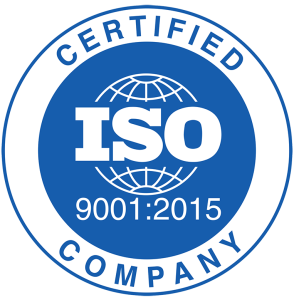Like every other respectable company, we want to give our customers the best products possible. Specialising in ERW tubes, we use first-rate techniques to manufacture our stock. Being an ISO 9001 registered business, we also dedicate ourselves to meeting the highest obtainable standards.
There is a myriad of electric resistance welding procedures you can employ for tube production. Despite the differences between these processes, each one creates a forged weld. The heat generated by the weld power is an effect of the substance’s resistance to the electrical current. The pressure originates from the rolls, which squeeze the article into its final shape.
People often ask us how many rolls they’ll need for different tubing applications. We intend to go over this topic here.
There are a number of different ways to roll tubing. Most machinery will generally possess two or three roll units. The contact wheel functions as one of these rolls. Some machines have a higher roll number though.
No established rules
The quantity of rolls in the box is relative to the shape as well as the size of the object you are welding. There aren’t any set rules. Saying this, there are customary guidelines for round tube size ranges. For example, 3/8 to 2 inch designs use two roll units. Materials ranging from 1/2 to 3 1/2 inches utilise three roll units. Those that are larger than 10 inches require five or more roll units.
These days, we weld numerous models into the finished shape as opposed to reshaping them after welding. The weld boxes employed for every project include custom designs. They typically don’t have more than five rolls.
At Union Steel Tubes, producing high calibre merchandise isn’t the only thing we’re good at. We also take steps to ensure that your orders reach you quickly. In fact, if a client needs ERW tubes urgently we may be able to arrange same day delivery. You have the option to collect the goods from us directly too.
If we can do anything for you, please let us know.


